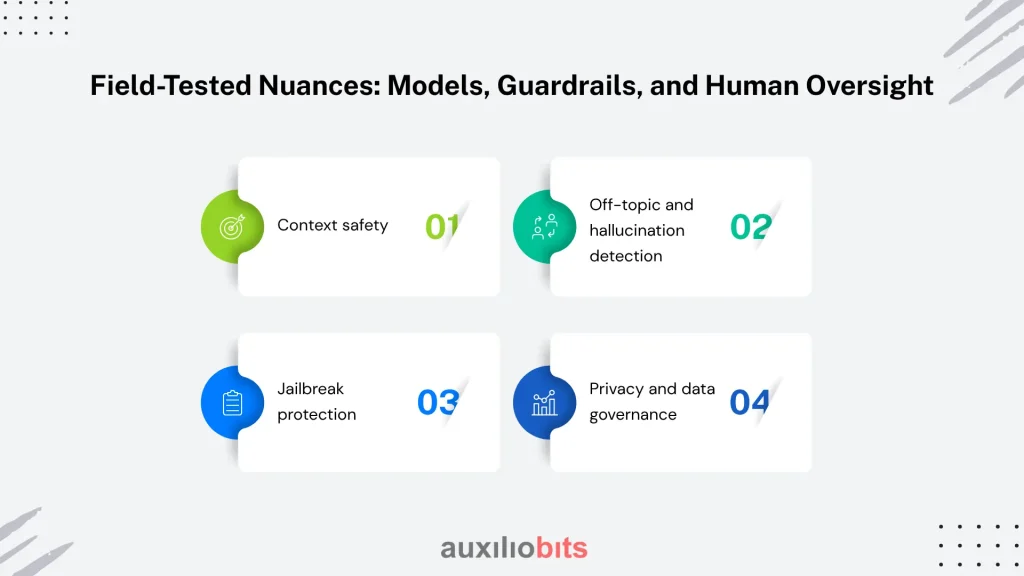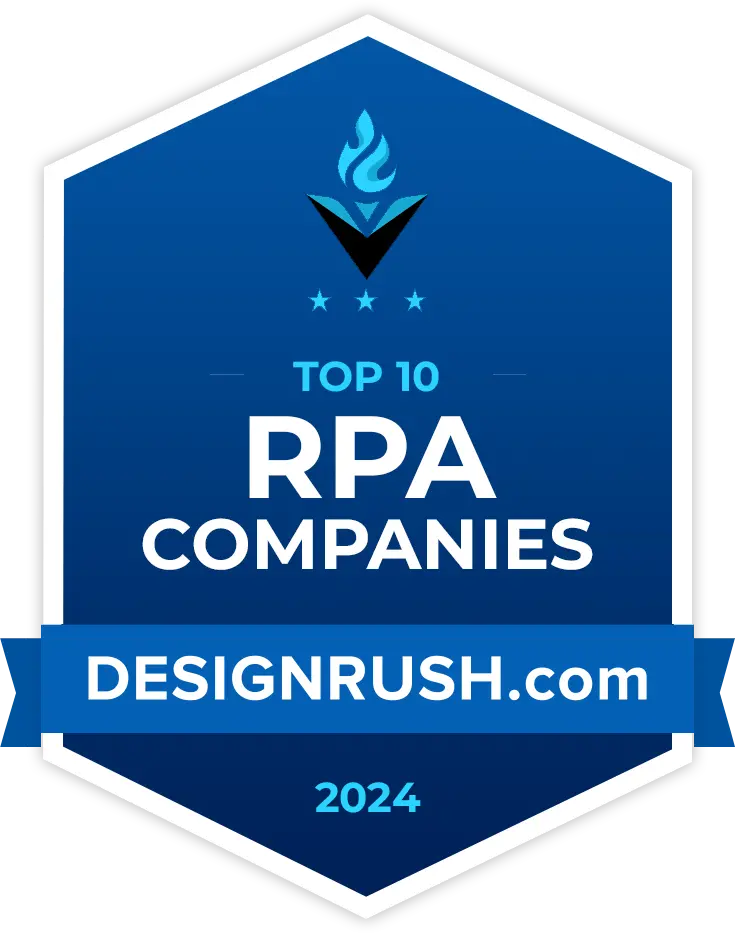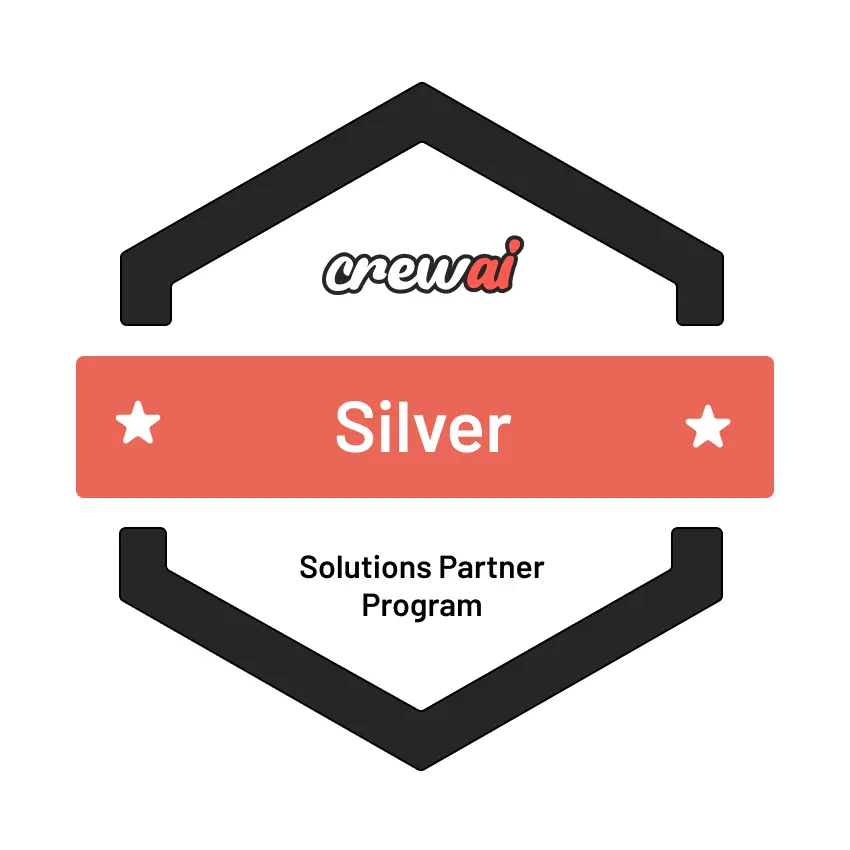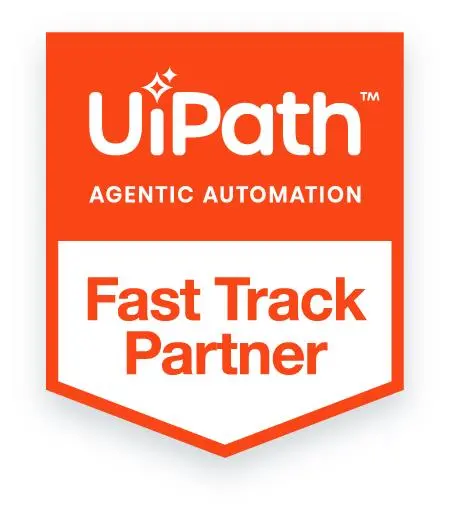
Key Takeaways
- Smart compliance agents move beyond spreadsheets and emails, providing actionable alerts that map directly to policies and responsible executives.
- NVIDIA’s NLP stack, including tools like Llama Nemotron and NeMo Guardrails, enables understanding, context scoring, and risk-aware monitoring of complex regulatory language.
- Automated agents need human-in-the-loop validation, hallucination detection, and privacy safeguards to prevent costly errors.
- Success requires connecting agents to legacy systems, workflows, and reporting dashboards; siloed deployment often leads to false positives or missed relevance.
- While automation speeds decision-making and reduces operational overhead, human judgment and domain-specific retraining remain indispensable in interpreting ambiguous, grey-zone regulations.
Smart compliance agents are changing how complex, regulated enterprises keep pace with the ever-shifting demands of external oversight. Most of today’s innovation is invisible—embedded deep inside the compliance workflows of financial institutions, multinational corporations, and healthcare providers. Discerning professionals are noticing a shift: real-time regulatory scanning, using NVIDIA’s advanced natural language models and strong orchestration frameworks, is replacing tedious manual compliance checks. At the core is NLP—not generic models, but tools specifically tuned for compliance tasks through NVIDIA’s platform and partner ecosystem.
Also read: Autonomous route‑planning agents using NVIDIA mapping and Azure Maps
The Real Space: What Actually Changed
People in compliance roles rarely fall for marketing hype. In fact, a fair share of regulatory AI startups flame out before touching production. But two trends have stuck: the actual cost of manual monitoring and the risk of missing new obligations. Ask a risk manager at a mid-size bank if they trust spreadsheets and email chains for horizon scanning—most will admit, reluctantly, it’s what their staff still use each month. Changing that requires more than software.
When FinRegE replaced manual regulatory capture at one such bank, operating costs dropped by 60%, and not a single regulatory deadline was missed in the following year. The kicker? The solution didn’t feel like automation. It delivered real-time alerts, mapped regulatory updates onto the bank’s actual policies, and ensured each accountable executive received the right notifications—no more blaming “the spreadsheet guy” for an oversight.
From Static Feeds to Real-Time Regulatory Monitoring
What makes NVIDIA’s NLP stack stand out isn’t just speed—though, to be fair, training BERT in less than an hour and inferring results in a couple of milliseconds was an industry milestone. It’s the ability to run large, complex models at the scale and latency compliance requires. Traditional regulatory monitoring involved scraping regulator websites, manually tagging changes, clustering updates, and distilling their relevance. Even diligent teams missed something.
Why do new platforms work better? Let’s be candid: most compliance teams operate with limited headcount, insufficient context, and legacy systems. NVIDIA’s recent model releases, such as Llama Nemotron, offer reasoning tuned for the convoluted texts of global regulation—far preferable to API-based keyword matching. What matters is not just “did the agent see the update?” but “did the agent understand its implications and route the context to the right process owner?” That’s a leap beyond mere document scanning.
Anatomy of a “Smart Compliance Agent”
In today’s fast-moving regulatory environment, static compliance processes can’t keep up. Banks and financial institutions need systems that not only gather information but also interpret it, prioritize it, and assign responsibility in real time. Smart compliance agents are designed to do exactly that—transforming raw regulatory data into actionable insights while ensuring accountability and auditability.
- Data ingestion becomes orchestration: Instead of manually pulling feeds from multiple regulators, agents ingest structured and unstructured sources, harmonize them, and parse the actual regulatory logic with contextual, intent-based modeling.
- Dynamic relevance scoring: Compliance isn’t static. Models can now distinguish which rule changes actually affect a bank’s lending business, not just dump irrelevant telecom updates onto the same dashboard.
- Accountability mapping: NLP agents tag changes to the correct policy owner. No more ambiguous “compliance must review” emails clogging the chain. It’s granular, trackable, and—importantly—auditable according to regulatory expectations.
- Real-time alerting: Smart systems don’t batch updates daily—they push in-the-moment notifications. It’s worth noting that not every institution is comfortable with this level of automated urgency; some staff feel their jobs are threatened. But the reality is, nothing stalls more than missed regulatory alerts, especially when they lead to fines or board-level scrutiny.
Field-Tested Nuances: Models, Guardrails, and Human Oversight
It’s easy to promise smart automation, but practitioners know that compliance carries heavy consequences for mistakes. NVIDIA’s “NeMo Guardrails” architecture is one credible safeguard—adding content moderation, topic control, retrieval-augmented generation (RAG), jailbreak detection, and PII filtering directly into the agent workflow. Even the best models hallucinate. Guardrails catch off-topic reasoning, filter out unsafe responses, and scan for attempts to circumvent legal boundaries. This matters when compliance agents have direct outputs routed to executive dashboards.

- Context safety: Did the agent really understand what the regulator was asking for? If the model misinterprets a rule, it doesn’t just produce irrelevant data—it creates risk.
- Off-topic and hallucination detection: Some NLP agents drift, especially with complex, multi-regional regulation. Human oversight, enhanced via audit rails, can catch model “creativity” before it hits production.
- Jailbreak protection: Malicious prompts aren’t just a concern for public-facing chatbots. Internal pushback, protest, or accidental prompt engineering can produce misleading compliance summaries.
- Privacy and data governance: In regulated industries, leaks of PII aren’t just embarrassing; they’re legally actionable. NVIDIA’s PII models filter confidential details before any agent takes action.
Imperfect Automation: Where Agents Flounder
Certain regulatory changes resist full automation. Local regulatory nuances, sector-specific clauses, and cross-border “regulatory dialects” sometimes stump the models—even those trained on vast corpora. Manual review remains critical. Some organizations were burned after early deployment, when the agent flagged a change in ISO standards as relevant for banking—prompting needless panic among risk teams. Tempting to blame the algorithm, but more often, it’s the training data or the decision not to customize the relevance model.
Does this mean the dream of end-to-end automated compliance is dead? Not quite. It means procurement and risk leaders must actually check the model benchmarks, scrutinize the logic used for clustering regulatory topics, and push for transparent, auditable AI processes.
B2B Adoption Patterns
Every enterprise claims uniqueness, but NVIDIA’s platform decisions suggest the opposite: there’s a common “core” for compliance monitoring, and the main differences come downstream—in reporting, workflow integration, and exception handling. Integration is a slog. NVIDIA’s NIM microservices were shaped by feedback from early adopter financial firms, whose legacy systems (think Oracle, SAP, homegrown risk tools) couldn’t be replaced overnight. By focusing on portable, containerized inference—rather than full-stack platform rollouts—NVIDIA made it more plausible for compliance managers to bridge old and new.
- Some compliance teams demanded customizable dashboards, detailed audit logs, and cross-departmental tagging. Others prioritized seamless notification through Slack, Teams, or legacy ticketing platforms.
- Critical, large clients wanted the option to run inference solely on-premises. Cloud scares them (or their auditors).
- Early failures—not uncommon—came when agents were deployed in siloed workflows, or when the depreciation of legacy compliance language wasn’t checked. Ask anyone who tried to roll out NLP-based regulatory scanning to a global conglomerate where half the business spoke in indeterminate legal English, and the other half leaned on sector slang.
Tangible Results
Metrics from real deployments are more instructive than theoretical speedups. At the UK bank mentioned earlier, the adoption of smart agents didn’t just save headcount—it drove centralization, clarity, and speed. Internal governance teams got dashboards showing exactly which reg changes would hit which product lines; every flagged obligation came with a mapped impact analysis. The administrative burden dropped. Missed changes vanished. No more tracking regulatory developments via a spreadsheet—changes appeared as actionable, categorized tasks.
In wider B2B deployments across finance, healthcare, and energy, similar patterns emerged:
- Decision velocity increased. No more waiting for Friday’s “risk round-up” email.
- Auditability improved. Every flagged change had a digital trail, visible to compliance and IT security.
- Cross-department collaboration rose. Finance and product teams gained instant awareness of regulatory changes affecting cost structures.
- Negative surprises dropped. Fewer “how did we miss that?” incidents when regulators audited internal processes.
But—sometimes, false positives crept in. Certain models overflagged, leading to alert fatigue. Model retraining required real domain expertise, not just technical ML chops. A few teams reverted parts of the system to manual mode, pending future vendor updates. There’s some bitter truth there.
What Works, What Falls Short
Smart compliance agents excel in high-repetition, cross-domain regulatory scanning, especially when regulatory changes are published in structured formats. Where they struggle is precisely the “grey zone”—uncertain legal interpretations, ambiguous language, or hyper-local nuances that demand human insight. No agent, however robust its guardrails, can replace a seasoned compliance analyst’s contextual reasoning.
- Model drift occurs. Regulatory language changes subtly, and models miscluster newly coined regulations.
- Integration complexity is persistent. Agents require ongoing tuning and maintenance.
- Vendor lock-in risk rises. As reliance on NVIDIA’s ecosystem grows, switching costs escalate. Few teams plan for this up front.
The Bottom Line
Compliance professionals—especially those handling global portfolios—see smart agents and NVIDIA-powered NLP as not just technical aids but as shifting the profession’s core mechanics. Regulatory scanning moves from a slow, desperate race to a proactive stance. Teams spend more time deliberating regulatory response and less time on document-wrangling.
Yet, this shift doesn’t erase judgment, audit, or accountability. Experts have learned that “smart” doesn’t mean infallible. Continuous oversight, domain-specific retraining, and candid vendor feedback loops remain crucial. Yes, regulatory scanning in 2025 is a leap ahead thanks to NVIDIA’s NLP stack and partner innovations, but the work of compliance—the risk, the nuance, the messy real-world edge cases—will always need expertise driving the technology, not just serving it.








